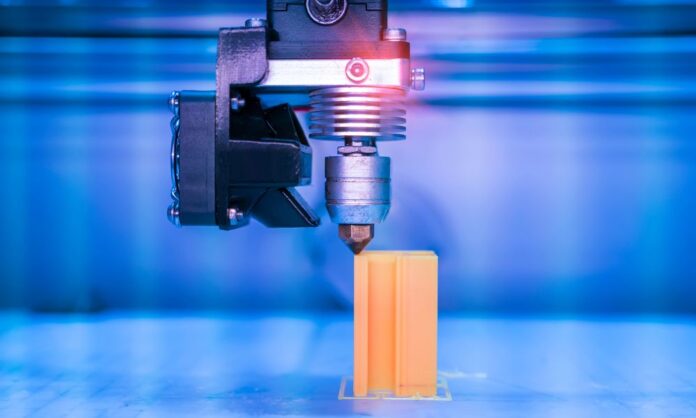3D printing is a revolution in the world of creative design. It allows you to create anything you can imagine quickly and easily. But before you jump into the world of 3D printing, you should understand the technology, the materials you will be working with, and the design process.
In this comprehensive guide to 3D printing, we’ll cover all aspects of the process, from initial concept to finished product. Whether you’re a hobbyist, a creative, or a DIY enthusiast, you’ll get all the information you need to get started in this guide.
Understanding 3D Printing Technology
To start, you need an understanding of how 3D printing works. 3D printing is the process of creating solid objects from a digital model or file. The printer creates the object layer by layer, with each layer building on the last. One of the most critical components of a 3D printer is the print bed, which is where the machine prints the object.
Several types of 3D printing technology are available, but the most popular is fused deposition modeling (FDM). FDM printers heat up the filament—usually plastic filament—and extrude it through a nozzle to create the object.
Designing for 3D Printing
Unlike traditional manufacturing techniques, 3D printing allows you to create complex, organic shapes that were previously impossible to produce. However, you need to keep some design considerations in mind when creating your model. For example, support structures are critical to consider. Support structures are temporary features that hold up the overhanging parts of the object while it’s printing.
Choosing the Right Material for Your Project
The material you choose for your 3D printing project is essential to its success. Different materials have different strengths, temperatures, and other properties that can affect the print’s look and feel.
Several materials are available for 3D printing, including ABS, PLA, nylon, and others. ABS is the most common material, but it can be brittle and prone to warping. PLA is more durable and easier to print, making it a good choice for beginners.
Post-Processing Your 3D Printed Object
Once you’ve printed your object, you may need to do some post-processing to achieve the desired finish. This can include sanding, painting, or adding other finishing touches to the print. These techniques can help you elevate less-than-ideal prints, and understanding why your prints look dull will help you improve upon future designs.
Bring Your Creative Ideas to Life
3D printing is a powerful tool that allows you to bring your ideas to life quickly and easily. However, to make the most of this technology, you need to understand the process, from design to print to finish. Hopefully, this comprehensive guide to 3D printing has given you the information you need to get started creating extraordinary objects.








